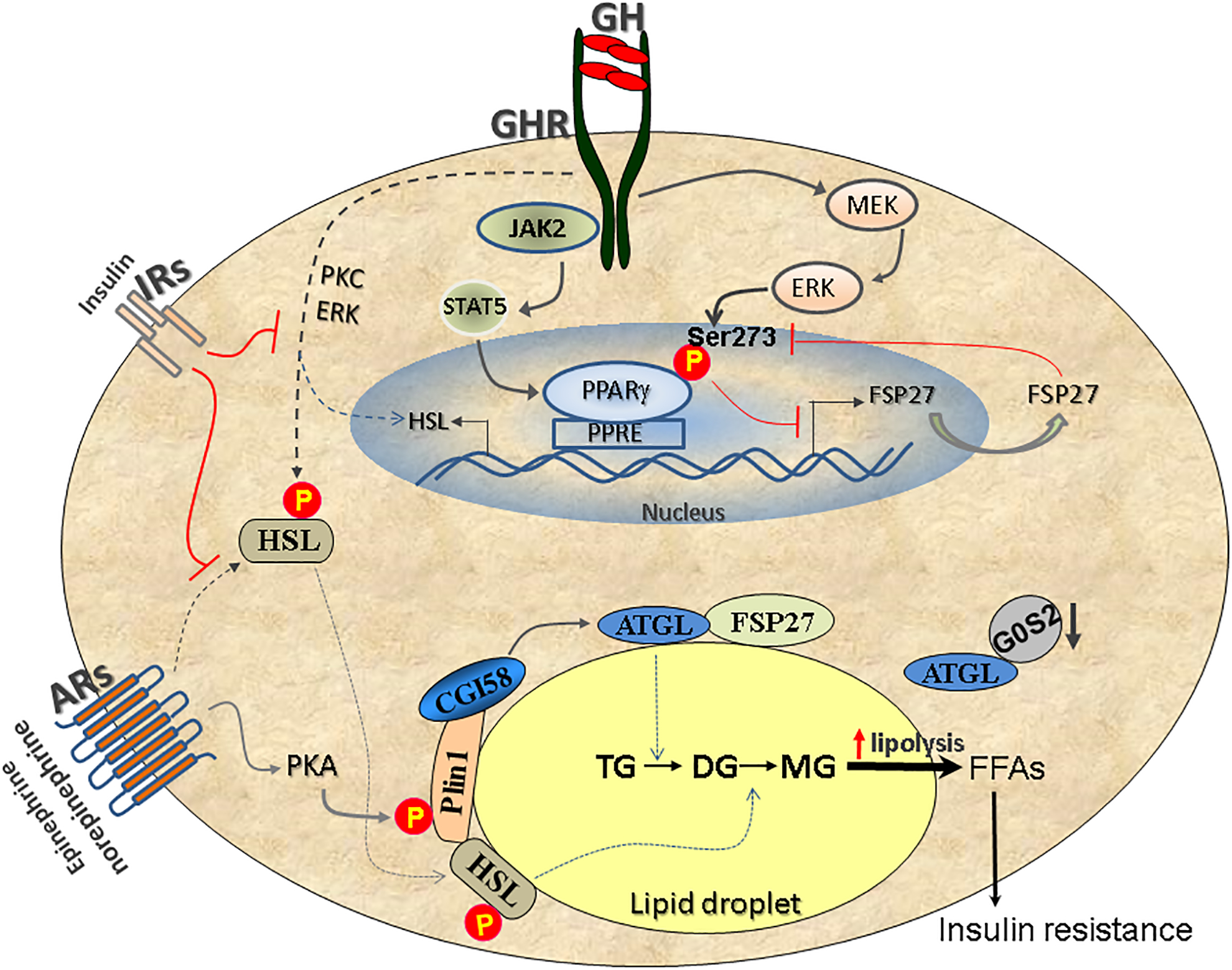Figure 1: GH-induced lipolysis and insulin resistance.

GH-induced signaling activates the MEK–ERK pathway, which causes phosphorylation of PPARγ at Ser273. This event results in PPARγ inactivation and FSP27 downregulation. The decrease in FSP27 expression leads to increased lipolysis and higher circulatory free fatty acids (FFAs), a hallmark of insulin resistance and type 2 diabetes mellitus. PPARγ-regulated FSP27 feeds-back to stabilize PPARγ in the nucleus. Parallel to the above pathway, GH binding to its receptors also activates STAT5, which is a positive regulator of PPARγ, but the MEK–ERK activation pathway predominates to inactivate PPARγ. In addition, GH induces lipolysis by activating HSL and by increasing the de novo expression of HSL mRNA via the activation of PKC and ERK. Adrenergic signaling via adrenergic receptors (ARs) has a parallel role in the stimulation of lipolysis via activating the lipolytic cascade involving the lipases ATGL, HSL and MGL. Finally, insulin signalling via insulin receptors (IRs) inhibits lipolysis by suppressing GH-induced PKC and ERK activity as well as the adrenergic pathway.
